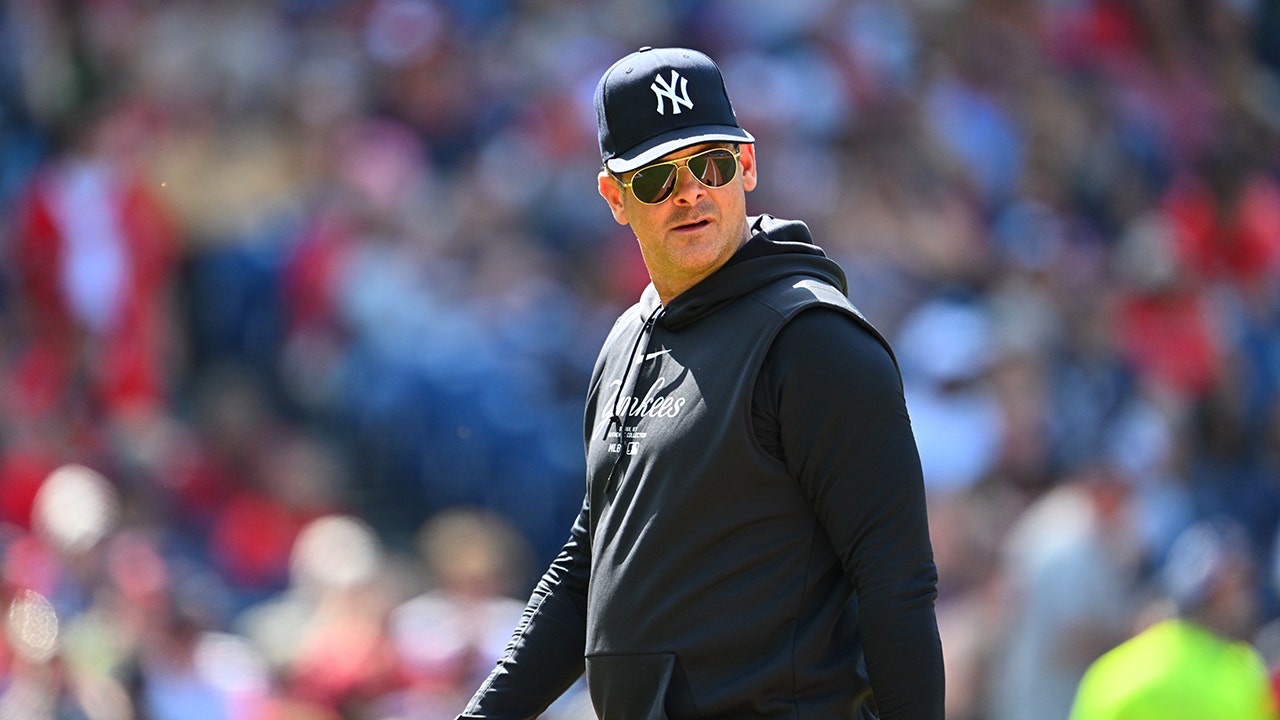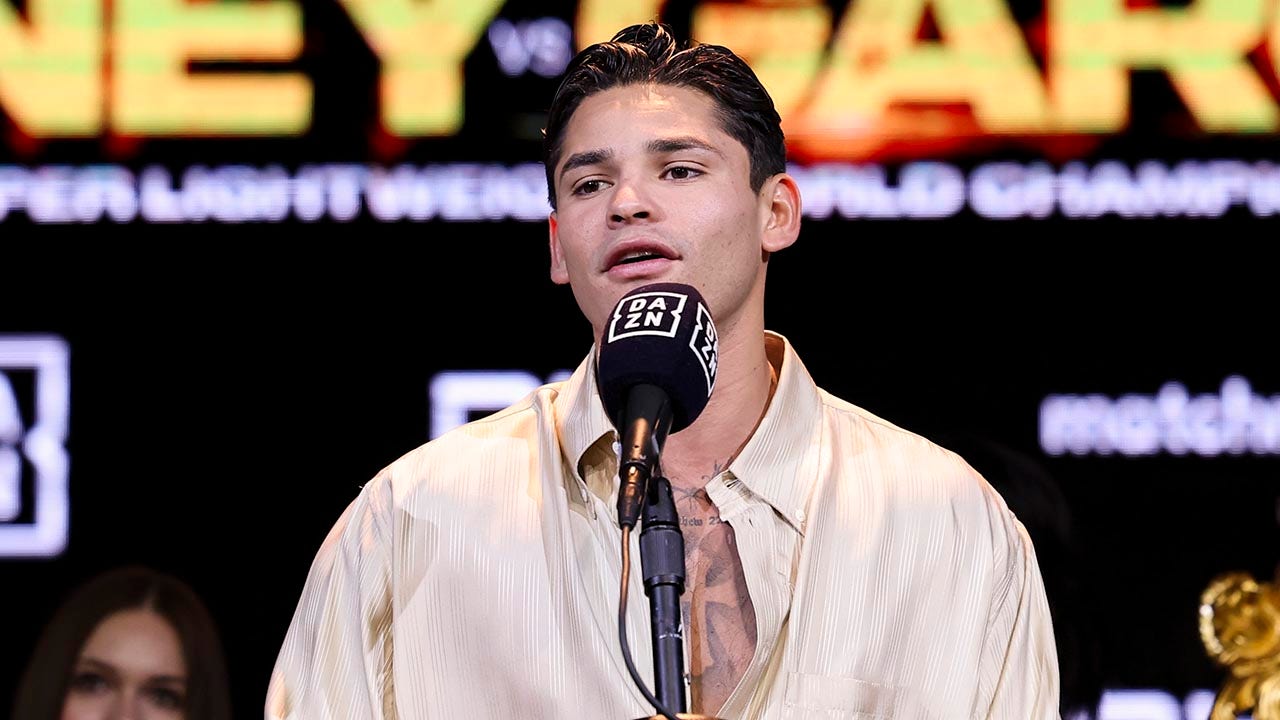It is, in retrospect, one of the most deranged blog posts of the decade. In recent years, BuzzFeed has struggled to make itself a sustainable company, let alone a successful one. Pressured by early investors into going public in 2021, as of this writing the company’s stock trades at 68 cents a share; on Thursday, founder Jonah Peretti announced the company would be shutting down BuzzFeed News, its Pulitzer Prize-winning hard-journalism division and laying off all its employees. If in 2015 BuzzFeed could make a claim to being “the future of the media business,” in 2023 it can barely make a claim to being the present.
But we can’t blame the person who emailed the Awl for their lack of foresight; they were not the only deluded person working in media at the time. Ben Smith’s new book, “Traffic,” a history of the viral 2010s as seen through the rise and fall of BuzzFeed (his former employer; he was the founding editor in chief of BuzzFeed News) and its onetime rival Gawker (where I worked from 2010 to 2015), is subtitled “Genius, Rivalry, and Delusion in the Billion-Dollar Race to Go Viral,” and I can confirm: There is lots of delusion in this book. There is also a little bit of rivalry. But I have to be honest. I do not think there are any geniuses.
(I include myself among those non-geniuses: I was one of the former employees Smith interviewed while reporting the book, and he thanks me in the acknowledgments.)
If you were alive and online in the 2010s, you likely already know these two sites well, especially BuzzFeed, whose strangely compelling quizzes and lobotomized cheerfulness were inescapable on American Facebook feeds for half a decade. Gawker never reached the same popular ubiquity as BuzzFeed, but, characteristically, had a vastly more dramatic and memorable collapse: It was sued into bankruptcy by Hulk Hogan, whose legal battle was secretly funded by the Facebook board member Peter Thiel.
At least in the abstract, these two publishing businesses — and especially their founders, Peretti and, in the case of Gawker, the former Financial Times journalist and tech-industry hanger-on Nick Denton — make for an appealing pair of opposites: Denton, a forbidding, status-obsessed Brit, oversaw a blog empire with a (not always deserved) reputation for casual cruelty and venomous wit; Peretti, a shy Californian, built a website characterized by inhuman cheerfulness and an absence of both venom and wit. For at least some of the writers working in their employ, especially at Gawker, this was not merely a business rivalry but an ideological battle: irony vs. earnestness, criticism vs. civility, snark vs. smarm.
But the rivalry, and the intensity of feeling that spawned both it and the anonymous letter to the Awl, never really comes alive on the page. Maybe this is a function of Smith’s puree-smooth business prose, or of the overfamiliarity of the stories “Traffic” tells. (Both sites have been widely covered and mythologized, not least by Gawker itself, which, whatever else it might have been, was also a running account of the internal chaos the company seemed to constantly be generating.)
Maybe it’s that Denton and Peretti themselves are too weird and reptilian to be effective or sympathetic avatars for the opposing camps. As a former employee of Denton’s, I was shocked to read Smith describe him as “charismatic” and having “high-wattage social skills,” until I realized this was relative to Peretti, who “looked at behavior the way the linguist Noam Chomsky … looked at language.”
But I suspect the real problem is that from 2023, not quite a decade removed from the golden age of viral traffic for digital publishers, the “race to go viral” seems pathetic — at best, a brief, wacky interregnum between periods of sustained dominance by big national news publishers, at worst a pointless waste of journalistic creativity and resources spent pursuing a doomed business strategy. Of the many delusions in the book, the grandest is the idea that digital publishers could build sustainable businesses by chasing immense audiences with free content.
The central question Smith poses is whether viral traffic is an art (a view he attributes to Denton) or a science (Peretti’s theory). But it’s hard to be particularly interested in this question once Facebook enters the scene and it becomes clear that traffic was, more than anything else, a matter of having Mark Zuckerberg’s email. Peretti messaged often with Zuckerberg and made “a habit of cultivating the mid-senior-level Facebook employees who ran its key product, News Feed,” which meant he had some say in the sorting mechanisms that could bestow publishers with life-changing amounts of traffic.
When, in 2013, the media start-up Upworthy was threatening BuzzFeed’s dominant position with its trademark “curiosity gap” headlines (also known as “clickbait”), Peretti simply emailed a News Feed engineer to explain why he thought stories with Upworthy-style headlines were bad for Facebook, and forwarded the email correspondence to Smith, then at BuzzFeed News, writing, “It is really fun collaborating with Facebook’s team on how News Feed should work.” “Curiosity gap” stories were soon eliminated from Facebook.
The problem is when they don’t want to collaborate with you anymore. Peretti seems to still have close relationships at Facebook, but the platform has moved on from the years when it was happy to boost publisher page views by tweaking its News Feed. (Peretti attributes this shift in attitude to the unprecedented viral success of “The Dress,” a photo that different viewers saw as different colors. Peretti believes that meme scared Facebook executives, who were wary of “losing control.” Smith writes: “The Dress itself was harmless, but the next meme to colonize the entire platform within minutes might not be.”)
The legacy of BuzzFeed, then, is not a fully formed science of virality but a cautionary tale about overreliance on traffic. Over the past few years, both established media businesses like the New York Times and hot new media start-ups like Substack (where, full disclosure, I maintain a newsletter) have embraced subscriptions and paywalls as a more sustainable business proposition than the traffic-chasing model that BuzzFeed and its many start-up peers adopted, with varying degrees of sophistication, in the 2010s.
Given this state of affairs it’s hard not to feel like “Traffic” is making an inadvertent but compelling case that Gawker and BuzzFeed were, in the grand scheme of things, not particularly important. Smith acknowledges this possibility toward the end, when he quotes “Rosencrantz and Guildenstern Are Dead,” and wonders whether “perhaps Jonah and I, thinking of ourselves as protagonists, had been passing through someone else’s story.” (Maybe Smith could’ve taken a lesson from Stoppard and made “Traffic” more of a comedy; it’s not like there’s a shortage of material.)
In the end, only one character in “Traffic” can really be said to have any vision. In 2013, Disney CEO Bob Iger offered to buy BuzzFeed for $650 million. In the book’s strangest and funniest scene, a nightmare blunt rotation of Smith, Peretti, BuzzFeed video chief Ze Frank and BuzzFeed president Jon Steinberg get high on a hotel balcony in Los Angeles and discuss the offer. Frank and Smith urge an ambivalent Peretti to turn down the offer, worrying that “Disney’s corporate culture would stifle” Buzzfeed’s creativity. Not so much Steinberg, the company’s money man, who gets “down on his knees on the balcony to plead with Jonah to take the deal.”
Frank and Smith would go on to win the argument; they and Peretti saw BuzzFeed’s monster traffic as the key to their dreams of a burgeoning, independent media empire. As we now know, they were wrong. Steinberg is far from a genius — after leaving BuzzFeed, he joined the Daily Mail’s U.S. operation, and then founded the cosmically annoying CNBC-for-millennials brand “Cheddar,” whose videos can be found on gas pumps across the country — but he alone managed to see that traffic for what it really was: the “pump” phase of a pump-and-dump scheme that Peretti never had the vision to complete.
Max Read is the former editor of Gawker and the current editor of Read Max, a newsletter about the future.
Genius, Rivalry, and Delusion in the Billion-Dollar Race to Go Viral
Penguin Press. 343 pp. $30
A note to our readers
We are a participant in the Amazon Services LLC Associates Program,
an affiliate advertising program designed to provide a means for us to earn fees by linking
to Amazon.com and affiliated sites.














































